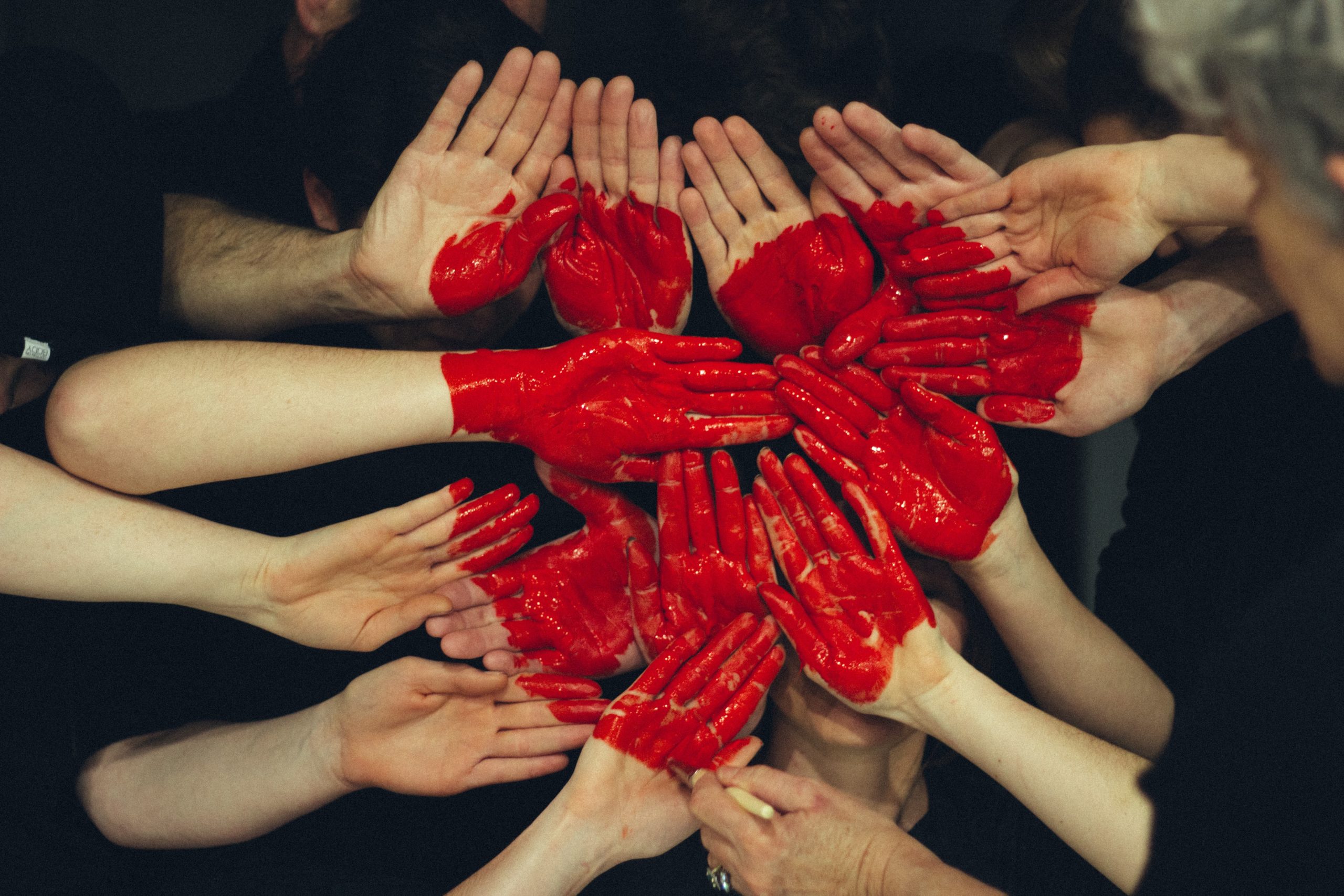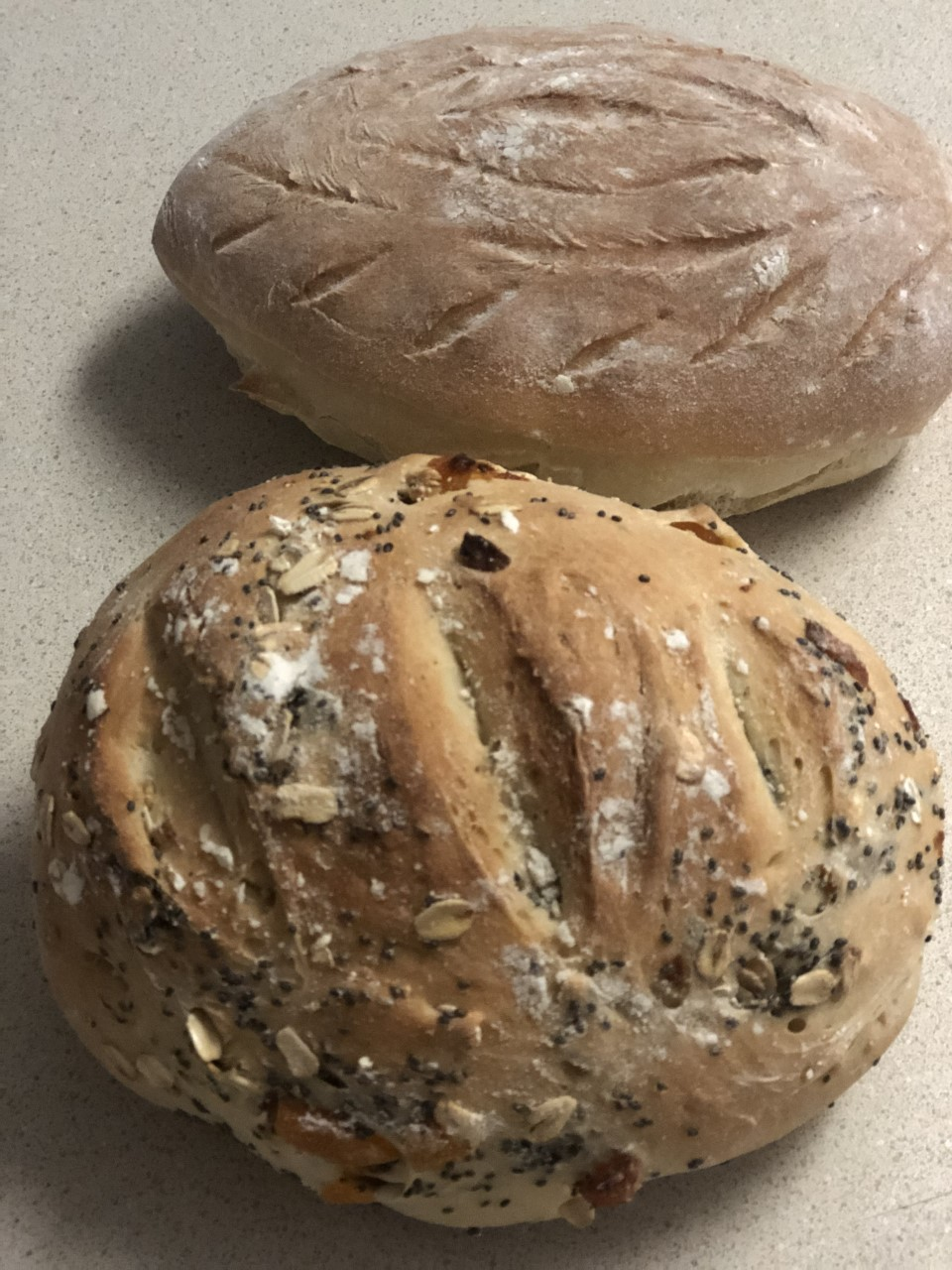1. What are you most grateful for? 2. What are you most looking forward to this week? 3. How do you feel about things changing? 4. What color best describes how you’re feeling today? More than one color? 5. What are the most interesting things about you? 6. What animals would we all be and […]
Self-Help Mindfulness Resources
Written by: Alexandra Reustle, MA, Doctoral Intern Mindfulness, in its simplest form, is the art of being present in the moment. Practicing this state of mind leads to all kinds of positive benefits both physically and mentally. Having to stay in our homes has given us the great gift of time. Time to sit, […]
Community in a Time of Social Distancing
Written by: Alexandra Reustle, MA, Doctoral Intern The term social distancing in many ways does our communities a disservice. While we should be refraining from direct contact with others or having large gatherings, there are still opportunities for us to connect with one another and engage socially. Below I outline some suggestions to maintain a […]
Look For the Helpers
Daniel Tiger is a big deal in our house, especially since the quarantine. This popular children’s show is a spin-off of the popular show Mr. Roger’s Neighborhood. While I was sitting with my daughter the episode that was playing showed a big storm sweep through the neighborhood. When they emerged from their homes there was […]
Media Exposure: How Much is Too Much
We know from prior research done, that frequent media exposure during times of crisis can have negative effects on your mental health. It can lead to increases in anxiety and stress, as well as cause overreactions in health-seeking behaviors that can be counterproductive. However, it is important to stay informed! So how do you balance […]
Simple White Bread Recipe
This is a really easy recipe to make a staple pantry item without having to brave the grocery stores. You can do it with a standing mixer or your hands with a little extra elbow grease. You can freeze these loaves for later, and if you have kids at home this is a great activity […]





